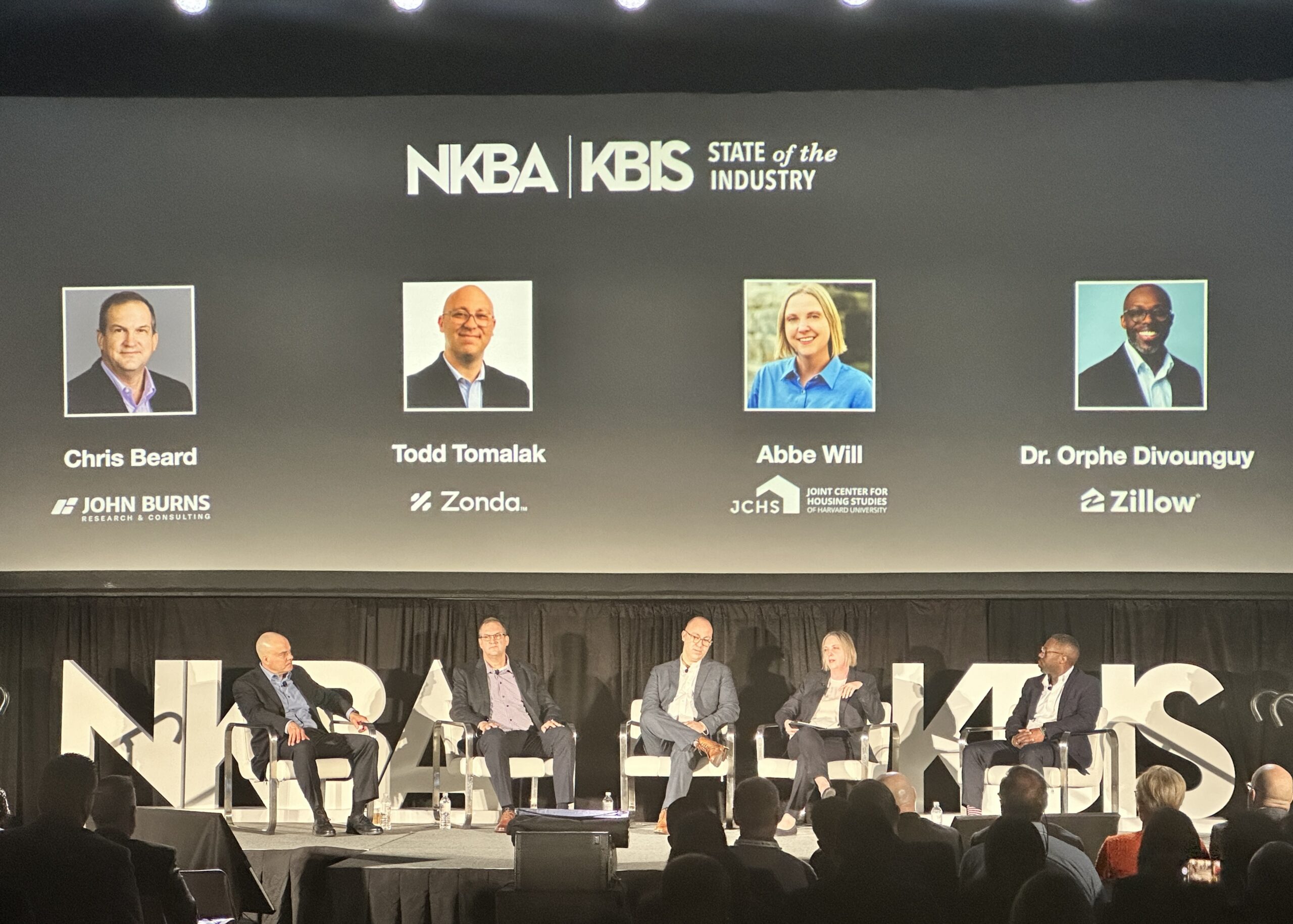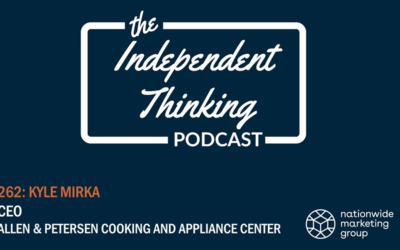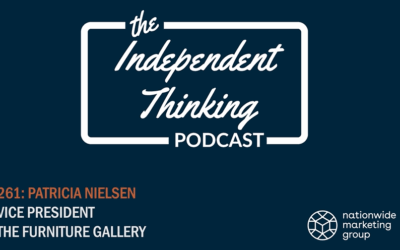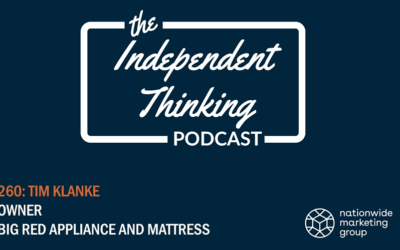Given the authority and impact of the Kitchen & Bath Industry Show (KBIS), it’s worth reflecting on one of the hottest topics from the 2024 show back in February — trends in luxury design.
Within the ultra-high net worth market, the luxury category is not only continuing to thrive, but also evolving in new and exciting ways. In fact, the new LUXURY Lounge programming space made its debut at this year’s KBIS, with a statement from Bill Darcy, Global President & CEO of NKBA | KBIS that, “Luxury is a critical — and growing — area for the industry, and we’re excited to dedicate a space to this priority.”
While attending KBIS, Nationwide Marketing Group took advantage of this prime opportunity to observe and learn from design leaders and top vendors in luxury interior design. Here are five of our biggest luxury-focused takeaways from KBIS.
Seamless Technology Integrations
Perhaps inspired by the popular Barbiecore movement’s hidden gadget features, home automations are increasingly popular in the luxury category. As advancements continue with smart home technology and artificial intelligence (AI), so, too, do the opportunities to elevate the high-end experience in thoughtful, highly impactful ways.
Discrete innovations are key, according to the “Discrete Luxury” panel hosted at KBIS’ LUXURY Lounge. Innovative technology should seamlessly and effortlessly enhance the user experience without competing with a room’s aesthetic. For example, many smart home technology devices now offer hidden controls or voice-activated features. Certainly, Barbie would approve.
Expect to see a rise in the integration of tech features with high-end products in 2024 and beyond.
Personalization and Lifestyle Considerations
During the Executive Forum at KBIS, Thom Filicia — a designer, influencer, author, TV personality, founder of Thom Filicia Inc. and one of the leading members of the very first NKBA | KBIS Design Council — spoke on current design trends. One specific trend highlighted by Filicia was the idea that luxury is no longer as brand focused as it used to be.
Instead, high-end customers are more interested in how a product empowers them to live. This shift aligns with the technology integration trend, as innovative tech-features can certainly create a more optimized lifestyle.
With this trend comes an opportunity for established luxury brands to innovate in bold, new ways that create value around hyper-personalization versus cookie-cutter branding. Traditional design has taken a backseat to expression and experience. And as legacy brands enter uncharted territory, the time is ripe for emerging brands to break through with products that celebrate individuality and create the luxury of convenience.
Decline in Home Remodeling
During the State of the Industry and State of the Association at KBIS, Todd Tomalak, principle at Zonda, made a prediction that this decade between 2020 and 2030 will be known as the “Golden Age of Remodeling.” However, Tomalak also acknowledged a slight downturn in 2024 — one that he believes will rebound next year.
One factor affecting the current decline in remodeling is the luxury category. High-end consumers are slowing down on home renovations, not for financial reasons, but due to a greater level of discernment for what they truly want instead of settling for what’s in-stock or trending. Whether these consumers opt to customize or pause projects altogether, both routes lead to slower spend rates in the remodeling category.
Only time will tell if the later part of 2024 and into 2025 will indeed lead to an uptick in remodel projects in the luxury category.
Eco-Consciousness and Sustainability
While sustainability is not a new buzzword, it is one that designers are using more and more — as sustainable materials and practices are now more seamlessly integrated into design without compromising aesthetics or functionality.
KBIS was certainly abuzz with eco-conscious offerings across numerous brands and categories. The luxury category, specifically, is seeing an increase in environmentally friendly features that often come at too high a cost to be included in entry-level or even mid-range products, such as recycled or upcycled materials and energy efficient upgrades. In addition, more luxury consumers are willing to pay a premium for products sourced ethically and manufactured responsibly with respect to the environment.
The rest of 2024 is primed to bring an influx of demand for designer-quality appliances and home furnishings that also reduce overall environmental impact.
Luxurious Outdoor Entertaining Spaces
Outdoor kitchens began trending in 2020-21 and have not stopped since — especially in the high-end market, where demand for luxury entertaining spaces has moved outdoors.
In fact, an entire LUXURY Lounge panel at KBIS was dedicated to this topic and presented by Danver, a leader in luxury stainless steel outdoor kitchens and cabinetry. Discussion centered around design, overall mood and the desired experience as key considerations for creating the ideal outdoor entertaining space, fit for the luxury lifestyle.
The rise of outdoor kitchens is expected to continue into 2024 and beyond, with the high-end market leading the way.
While the ultra-high end design market continues to flourish in 2024, these key trends signal significant shifts in what has historically been a tradition-bound category. And with fresh aesthetics come prime opportunities for luxury to spark economic growth across all levels of the design and home improvement industries.
Want to learn more about what we saw at KBIS? Click here to read our full KBIS 2024 recap.




